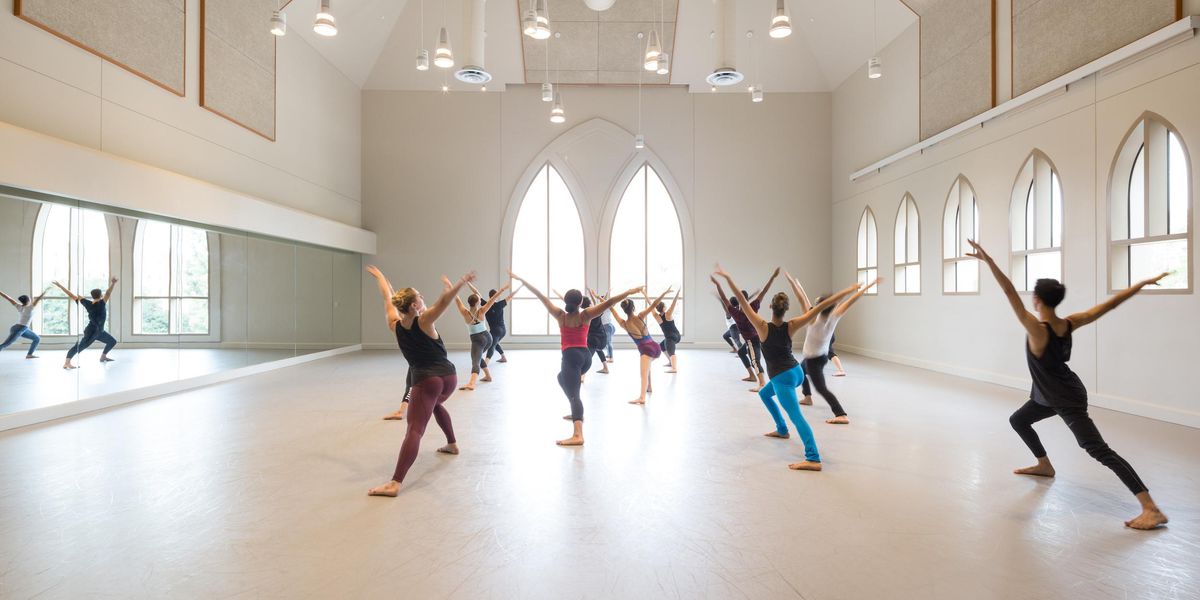The Ballerina and the Clown
New York City Ballet principal Tiler Peck is working through a tap combination—in pointe shoes and a gray bowler hat. Nearby in the same New York City Center studio, the comedian and actor Bill Irwin goes over a note with Damian Woetzel, then rejoins Peck to practice a phrase together. They count aloud as they play around with a sequence of salsa steps, but quickly break into laughter.
The unlikely pair have come together for Time It Was/116, a work they co-choreographed with Woetzel (who originally commissioned it for the Vail International Dance Festival, which he directs), and performed for New York and DC audiences at last year’s Fall for Dance festival and at the Kennedy Center. Much of the work is set to the beat of a metronome, and the idea of time is present in everything from its title to the age difference between Peck and Irwin.
The initial spark came when Irwin—known for his vaudeville-style clowning and acclaimed theater and film performances—saw Peck dance at the Kennedy Center Honors, and approached Woetzel with the idea of a collaboration. “I was trying to draw inspiration from what it would be to hybridize my movement and Tiler’s,” Irwin says. “There’s an implied story of, ‘A character does what he does. A different figure does what she does. They see each other and have an influence on each other.’ ”
And that influence has delightful results—as when Peck breaks into a rollicking Charleston step, or when Irwin strolls in his jaunty, disjointed way across the space, his entire body lifting in surprise when his character sees Peck’s balletic movement for the first time.
“Laughter is all about context,” Irwin says. “You juxtapose a corkscrew movement from vaudeville with a perfect développé, and one or the other is possibly going to be funny—and it might be the développé.” Peck adds that, often when they were first creating the piece, she wasn’t actively trying to be funny. “Just the fact that I was trying to look like Bill was funny,” she says, “and we didn’t really know that until we had the audience.”
Much of their rehearsal time involves bouncing ideas off each other and seeing what sticks. “I have sort of an order, like a storyboard in my head, but it’s not my first nature to set choreography exactly,” Irwin says. Each time they run through a section, it’s as though they are experiencing the “pure mash-up of movement,” as Irwin calls it, for the first time. And when their characters meet in the middle to dance a combination in unison, it’s a joyful discovery of common ground. As Irwin says: “Unison has a power that’s like singing in harmony.”




